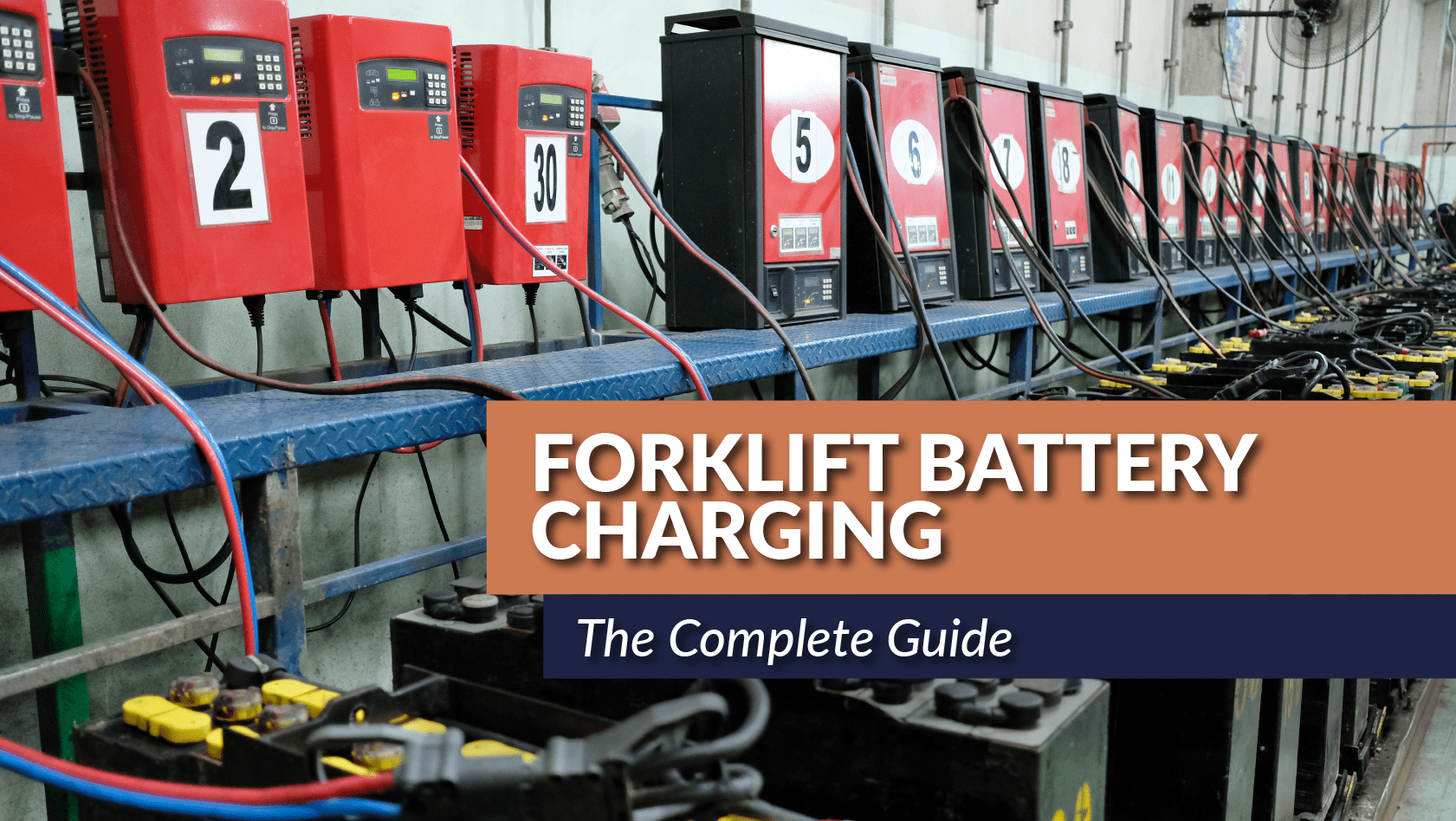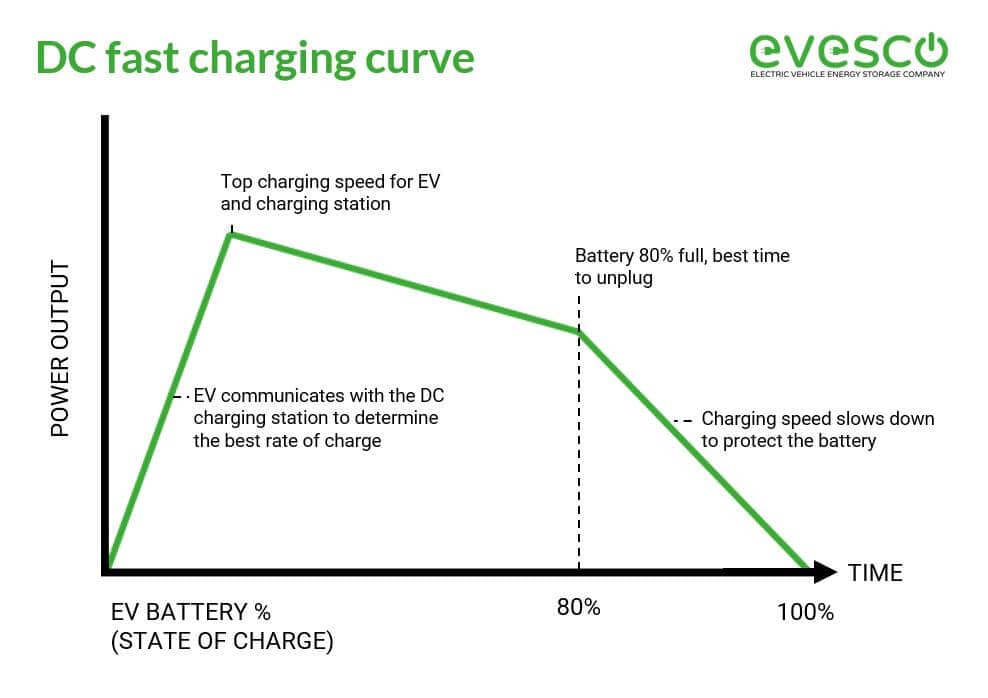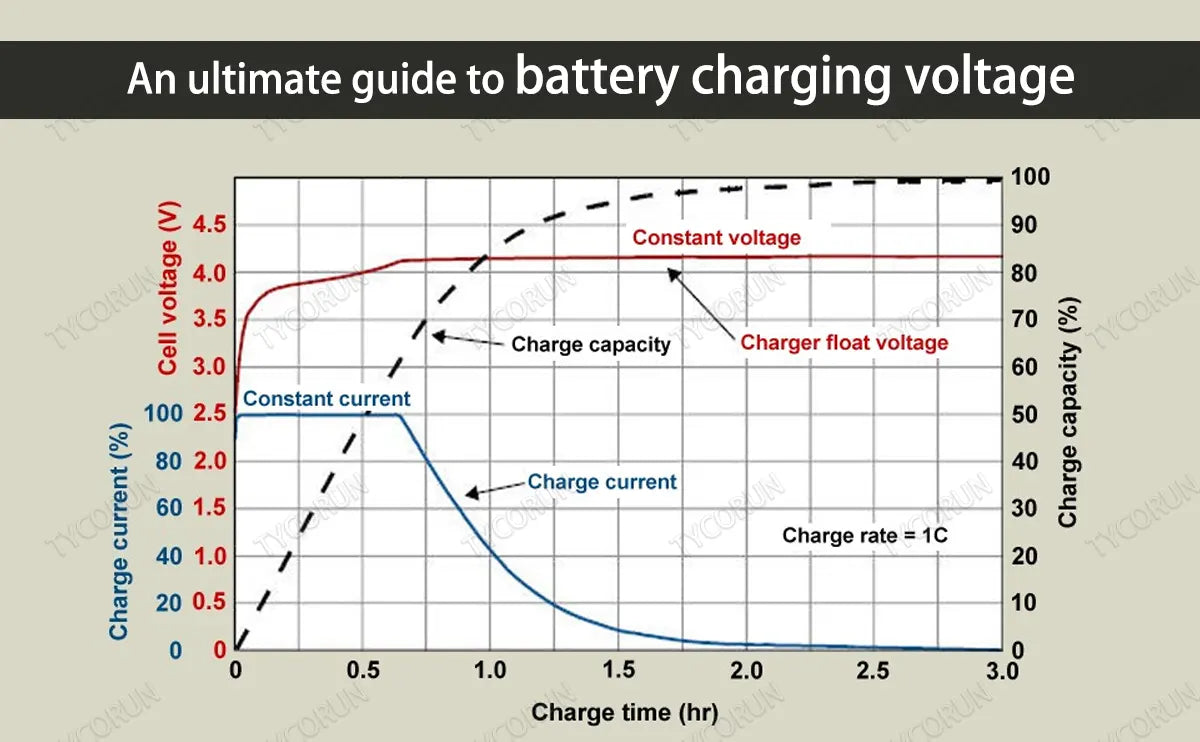To charge a car battery, the average amps required is 4-8 amps. Charging your car battery with too many amps can damage the battery.
A car battery is an essential component of the vehicle’s electrical system. It provides power to start the engine, runs the lights, and powers the electronics. However, car batteries can lose their charge over time, especially if the vehicle is not driven frequently.
To ensure proper functioning and longevity of the battery, it is important to charge it regularly. But how many amps does it take to charge a car battery? We will explore the ideal amperage for charging car batteries, the different methods of charging, and tips for maintaining a healthy car battery. So, let’s dive in and understand the ins and outs of car battery charging.
Understanding Car Batteries
What Is A Car Battery?
A car battery is a rechargeable energy storage device that powers the electrical system of a vehicle.
How Does A Car Battery Work?
A car battery converts chemical energy into electrical energy to start the engine and power the lights, radio, and other electrical components.
Importance Of A Charged Car Battery
- Ensures the vehicle starts quickly
- Provides power to essential components
- Prevents stalling or engine damage

Credit: www.foxtronpowersolutions.com
Charging A Car Battery
To effectively charge a car battery, it’s crucial to match the correct amps to ensure optimal performance. Utilizing the appropriate amperage not only speeds up the charging process but also prevents any potential damage to the battery. Always refer to the manufacturer’s guidelines for the recommended amperage for your specific car battery.
Different Methods To Charge A Car Battery
There are several methods to charge a car battery, including using a charger, jump-starting, and driving the car.
The Role Of Amps In Charging
Amps, or amperes, measure the rate of electrical flow when charging a car battery, determining how quickly it recharges.
Factors Affecting Charging Time
- Battery capacity: Larger batteries require more time to charge.
- Voltage input: Higher voltage levels charge the battery faster.
- Charger rating: A higher amp rating charges the battery quicker.
How Many Amps To Charge A Car Battery
When it comes to charging a car battery, understanding the appropriate amperage is crucial. Knowing how many amps are needed to charge a car battery efficiently can help you prevent overcharging or undercharging, extending the lifespan of the battery and ensuring it operates at its optimal performance.
Recommended Charging Amperage
The recommended charging amperage for car batteries typically ranges from 4 to 15 amps. This range is considered safe for most vehicles and helps maintain the efficiency of the charging process. Charging at a higher amperage is possible but not always recommended, as it can lead to overheating and damage to the battery.
Determining Battery Capacity
Before calculating the charging time, it is important to determine the capacity of your car battery. The battery capacity, expressed in ampere-hours (Ah), represents the maximum charge it can hold. By checking the manufacturer’s specifications or using a battery tester, you can easily find the battery’s capacity.
Calculating Charging Time
To calculate the charging time for your car battery, you need to consider both the battery’s capacity and the charging amperage. The formula is simple:
Charging Time (in hours) = Battery Capacity (in Ah) / Charging Amperage (in A)
For example, if your battery has a capacity of 60 Ah and you are using a charging amperage of 10 A, the calculation would be:
Charging Time = 60 Ah / 10 A = 6 hours
It is important to note that this calculation represents the charging time for a completely drained battery. If your battery is not fully discharged, the charging time will be shorter.
By understanding the recommended charging amperage, determining your battery capacity, and using the appropriate calculation, you can ensure that your car battery is charged efficiently and effectively.

Credit: www.power-sonic.com
Quick Charging Techniques
Using A Battery Charger
When it comes to quickly charging a car battery, using a battery charger is a reliable method. This process delivers a controlled amount of power to the battery, allowing for a safe and efficient charge. The charger’s amperage output should be selected based on the battery’s capacity, typically with a 10-amp or 15-amp setting for faster charging. It is important to follow the manufacturer’s guidelines for the specific battery charger and to ensure proper polarity when connecting the leads to the battery terminals.
Jump-starting A Car
Jump-starting a car is a quick method for charging a drained battery. This technique requires the use of another vehicle with a fully charged battery or a portable jump starter. By connecting the jumper cables or leads correctly, the charged battery can transfer amperage to the dead battery, allowing for a quick boost in power. It is crucial to follow the correct sequence when connecting the jump leads and to run the vehicle with the charged battery for a few minutes to help replenish the drained battery’s power.
Using A Portable Jump Starter
A portable jump starter provides a convenient and swift solution for recharging a car battery. These compact devices offer a high output of amperage, allowing for a rapid charge to the battery. Portable jump starters are equipped with safety features and reverse polarity protection, making them user-friendly and safe to operate. By following the manufacturer’s instructions, these devices can efficiently recharge a car battery, providing a quick solution to get back on the road.
Safety Precautions
When charging a car battery, determine the correct amperage to avoid damage and ensure safety. Consult the vehicle’s manual or a professional for the recommended charging rate. It’s essential to follow safety precautions when handling car batteries to prevent accidents and maintain optimal performance.
Preventing Electrical Hazards
When charging a car battery, it’s important to take proper safety measures to avoid electrical hazards. Ensure the charger is turned off and unplugged before connecting it to the battery. Inspect the charger cables for any damage before use to prevent any potential electrical risks.
Avoiding Overcharging
Overcharging the car battery can lead to damages and reduced lifespan. Set a timer to prevent overcharging and disconnect the charger as soon as the battery is fully charged. Regularly monitor the charging process to prevent overcharging and ensure the safety of the battery.
Protecting The Battery Lifespan
To ensure the longevity of the car battery, take precautions such as using the correct charger voltage and amperage. Avoid exposing the battery to extreme temperatures during charging and storage to protect its lifespan. Regularly inspect the battery for any signs of wear or damage to prevent potential hazards.

Credit: www.tycorun.com
Maintaining A Healthy Car Battery
To maintain a healthy car battery, it’s crucial to know how many amps are needed to charge it properly. The recommended charging amperage for car batteries is typically around 10% of the battery’s amp-hour (Ah) rating. This ensures a safe and efficient recharge, extending the battery’s lifespan.
Regular Battery Maintenance
Maintaining a healthy car battery is crucial for the overall performance and reliability of your vehicle. Regular battery maintenance helps to extend its lifespan and avoid unexpected breakdowns. Here are some essential steps you can take to keep your car battery in top shape:
- Check the battery terminals regularly to ensure they are clean and free from corrosion. Corrosion can prevent proper electrical connections and hinder the battery’s ability to charge.
- Inspect the battery case for any physical damage or cracks. A damaged battery may leak acid, which can be harmful and reduce its performance.
- Tighten any loose connections, including cables and clamps, to maintain a solid electrical connection.
- Monitor the battery’s water level if it is not maintenance-free. Add distilled water when necessary to reach the recommended level marked on the battery.
Signs Of A Failing Battery
Recognizing the signs of a failing battery can help you take prompt action and avoid a potential breakdown. Look out for these warning signals that indicate your car battery may need attention:
- Slow engine crank: If your engine takes longer to start than usual, it could be a sign that your battery is struggling to provide sufficient power.
- Dim headlights and interior lights: A weak battery may cause your lights to appear dim or flicker, indicating a potential electrical issue.
- Battery warning light: If the battery warning light on your dashboard illuminates, it is an indication of a possible battery problem that requires immediate attention.
- Unusual odor: A rotten egg smell near the battery could signify a leaking or overcharging battery, requiring professional assistance.
Tips For Extending Battery Life
Follow these simple tips to extend the life of your car battery and keep it functioning optimally:
- Avoid leaving electrical accessories on when the engine is not running, as they can drain the battery.
- Minimize short trips and take longer drives to allow the battery to recharge fully.
- Protect your battery from extreme temperatures by parking in shaded areas during hot weather and using a battery insulator during colder months.
- Consider investing in a battery maintainer or trickle charger to keep your battery charged when the vehicle is not in use for an extended period.
By implementing these maintenance practices and being mindful of the warning signs, you can ensure that your car battery stays healthy and reliable, providing sufficient power to start your engine and support your vehicle’s electrical components.
Conclusion
To sum it up, understanding how many amps it takes to charge a car battery is crucial for its optimal performance and longevity. By considering factors like the battery’s capacity and the charging device’s current output, you can ensure a safe and efficient charging process.
It is important to always follow manufacturer recommendations and avoid overcharging or undercharging. With the right knowledge and care, you can keep your car battery charged and ready to go whenever you need it.


